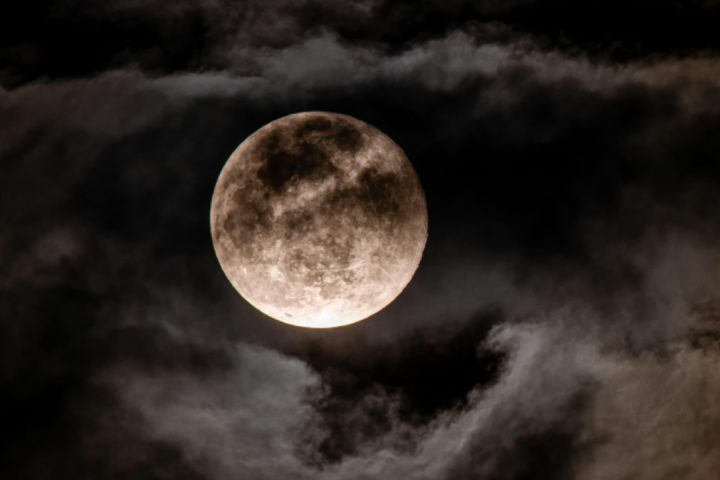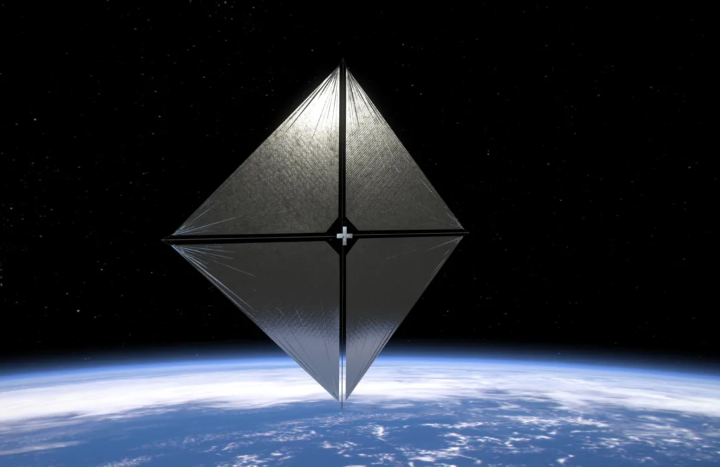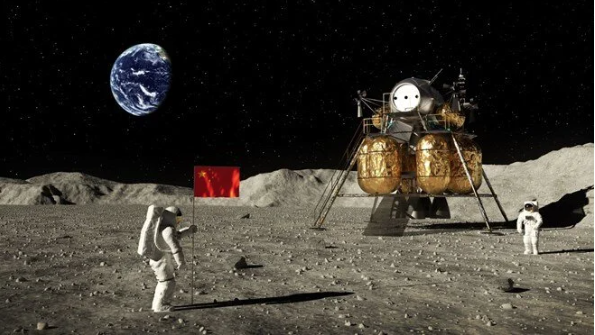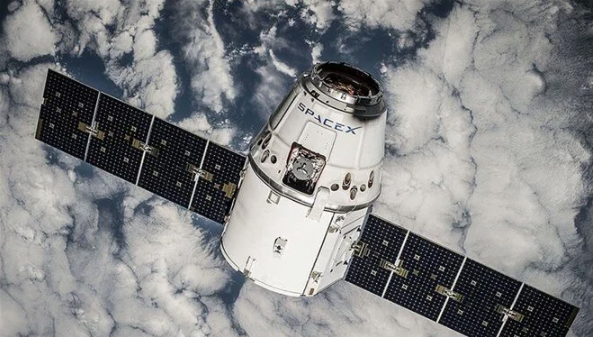In previously unseen detail, NASA has revealed some of the closest photographs a satellite has ever captured of Jupiter.
According to NASA’s website, scientist Bjorn Jonsson used raw data from images acquired by the Juno space mission to produce two images, one boosting Jupiter’s colors and the other depicting the planet as it would appear to the unaided eye. On the probe’s 43rd flyby of Jupiter, the original picture was captured at a distance of 3,300 miles from the planet’s atmosphere.

NASA
Check out the bright waves, swirls, and vortices in Jupiter’s atmosphere — as well as the dark ring system, one million times fainter than the planet! Two moons of Jupiter, including one that’s only about 12 miles (20 km) across, are on the left. pic.twitter.com/o7XYOMdsq5
— NASA Webb Telescope (@NASAWebb) August 22, 2022
“The second image (right) comes from the same raw data as the first image (left), but in this case Jonsson digitally processed it to increase both the color saturation and contrast to sharpen small-scale features and to reduce compression artifacts and noise that typically appear in raw images,” NASA said. “The first image (left) was processed to portray the approximate colors that the human eye would see from Juno’s vantage point.
According to a description on the space agency’s website, the image “clearly reveals some of the most intriguing features of Jupiter’s atmosphere, including color variation resulting from different chemical composition, the three-dimensional nature of Jupiter’s swirling vortices, and the small, bright ‘pop-up’ clouds that form in the higher parts of the atmosphere.”
The newest photographs follow the publication of one of the planet’s most meticulous photo images to date. The long-circling Juno spacecraft is designed to take more in-depth pictures of the solar system’s largest planet.




